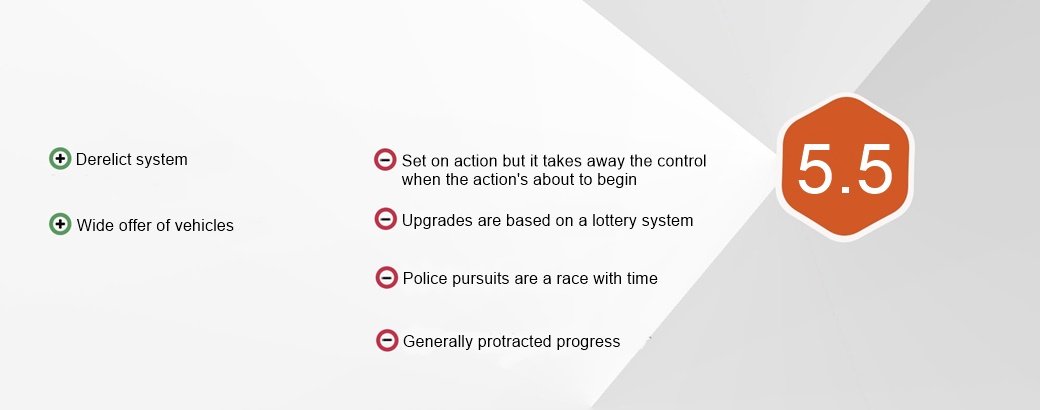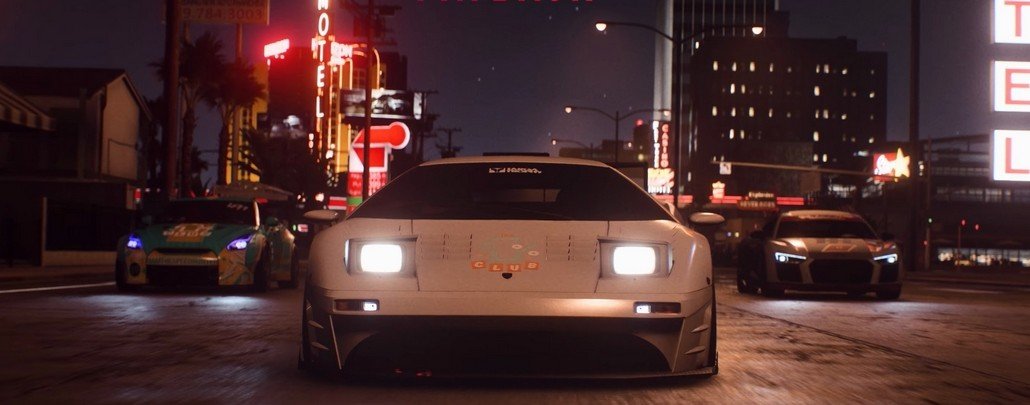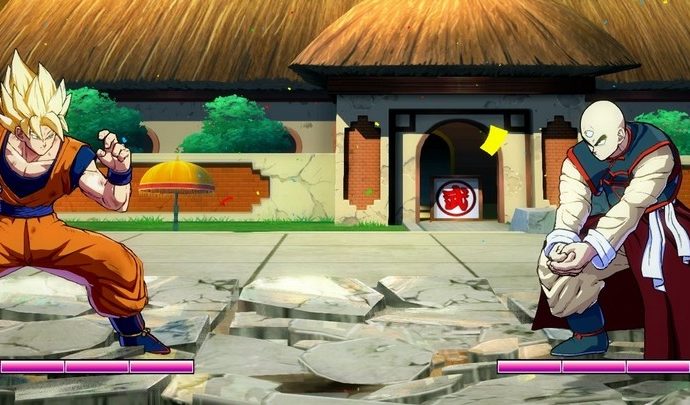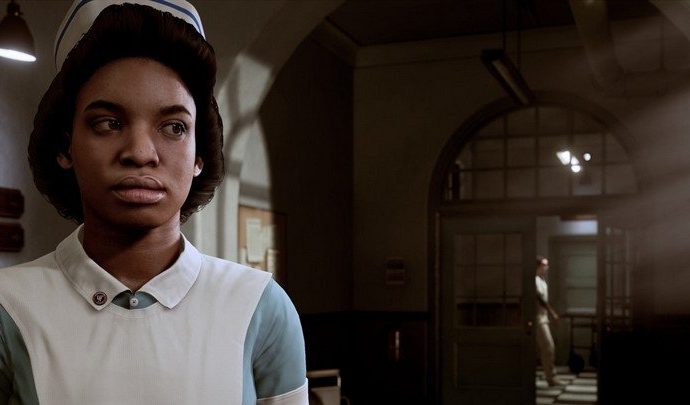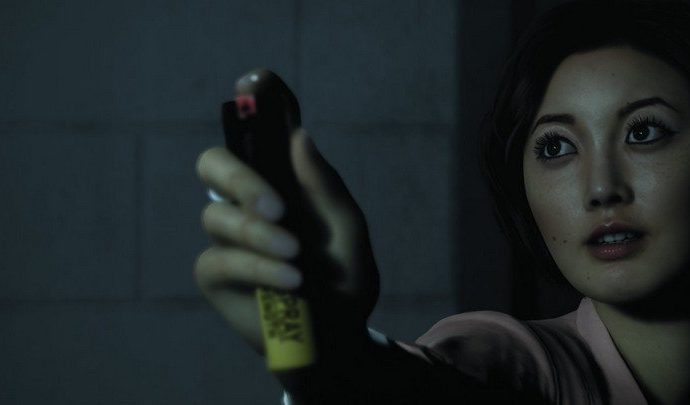Prior to the release of Need for Speed: Payback I joked how this could be NFS Refund or NFS Rear View Mirror. After I invested more time in that game than it deserved, I think a better name for it would be NFS Payoff. Everything in the new NFS is about paying. For every possible thing, even the most ridiculous of them, the game pays some points to you. You drifted a little with your car, albeit by chance? Here’s the salary! Payment is coming, as if you had an account in the Caymans! The irony in all of this is that at the end of playing Need for Speed: Payback – it is not worth it.
The game follows an embarrassingly serious revenge story, told by charismatic figures as well as their pumped up cars. The story takes place through several missions where you drive a mad car, usually someone else’s, and do some crazy things on the Fortune Valley Roads. To be more precise, the game performs those crazy things more often alone through animation, which is why the action in NFS is quickly lost to adrenaline. For example, you must approach a truck to steal a car from it. Instead of driving to keep up with the truck while your friend is trying to jump on it, in Need for Speed: Payback, it’s enough to get close to the truck and the game will do everything else through the animation.
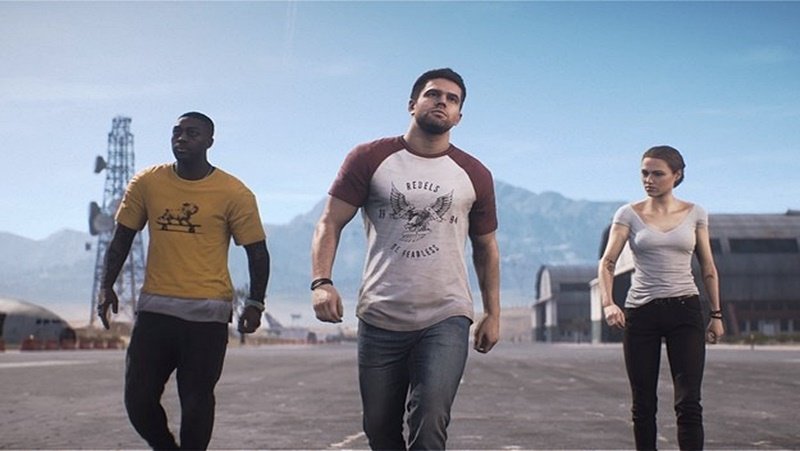
Need for Speed: Payback‘s narrative element has failed, and the rest of the game is even worse. The races are mostly boring, because there are no hidden shortcuts or police pursuits. The diversity is solid – besides the famous disciplines of classical racing, drift and drag, there are also off-road competitions, though they are no different from the rest of the offer. The driving model differs slightly, but that’s all. What is interesting are the side tasks you can bet on before the race, but ultimately they are not necessary because you can repeat races. Even if you lose the bet, money can still be refunded. In fact, Need for Speed: Payback counts on you being persistent and ready to grind. The progress itself is stretched and left to the lottery system. It is true that your game rewards virtually everything you do (and charges things like fast travel on the map), but ultimately it is less important which car you buy. What is important are the upgrades for it, and they work through the so-called speed cards.
Instead of cars, in Payback, you randomly win speed cards for nitro, brakes, jumping etc. Each card has its own level and manufacturer, so if you pair a few of the same manufacturer, you get a certain bonus. The system does not escape the fact that it is designed to encourage players to spend more through microtransactions. You will get the best speed cards if you replace those you won in the races for tokens, and use the tokens for the slot machine where you can get new speed cards. Of course, tokens can also be purchased with real money.
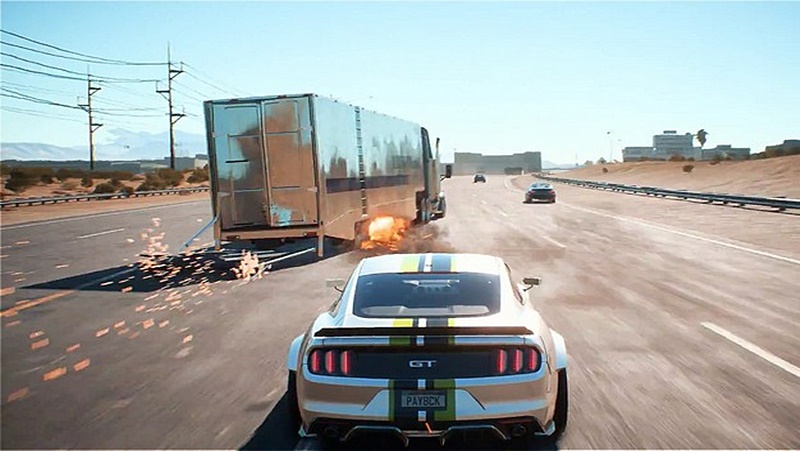
Binding progress with time, which is otherwise the mechanics used by free mobile games, was even worse when the Need for Speed: Payback was launched. The developer, Ghost Games, has increased the rewards with this update, so the grind would not be as miserable. However, it is hard to hit a balance here because speed cards directly affect speed, or the gameplay. If this was the case with multiplayer games, the whole concept would soon collapse. Thus in singleplayer it can survive with the side-effect of advanced progress, or grind.
The most interesting part of the game is actually the Derelict vehicles you have to find on the map and then bring them in order by discovering their parts. Vehicle locations and parts are not shown accurately on the map, but you have to identify where they should be, which gives an interesting “detective” feel to the exploring. It is also the only part of Payback that requires some sort of mental work. Everything else is just passing through semicircular checkpoints
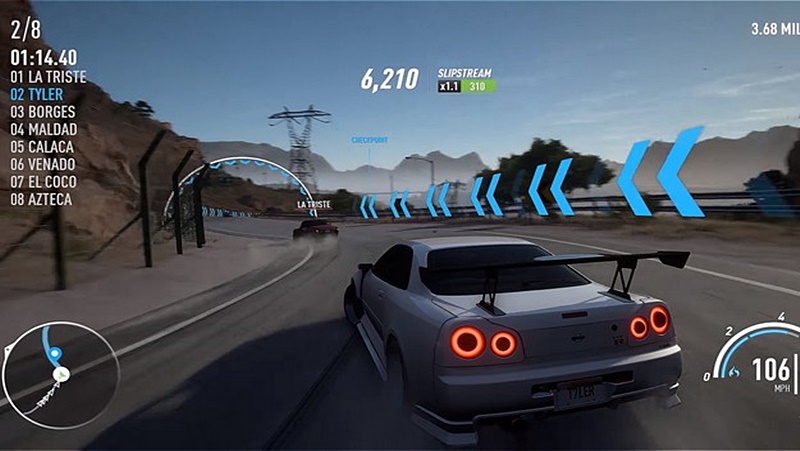
Need for Speed: Payback probably has the worst police pursuit system in the entire NFS series. During those pursuits you always have a time limit and it dictates whether you will run away from the police or not. You can break dozens of police cars, but if you do not get to the next semicircle in time, it’s over! Each semicircle gives you an extra few seconds on the total countdown and if you reach the last semicircle in a given time, you have managed to escape the police.
In conclusion, this is a sad time for Need for Speed. There were some earlier unfortunate experiments like Pro Streets and Undercover, but with Payback this series has hit the bottom, mostly because of the forced grind and the mean monetization system. There are some cool ideas like Derelict, the car park is wide and colorful, and the story is so bad that under different conditions it would be ridiculous as a good-looking trash. If you feel like reviving the spirit of Need for Speed, rather go back to Most Wanted or Underground, and try to forget Payback as soon as possible.
